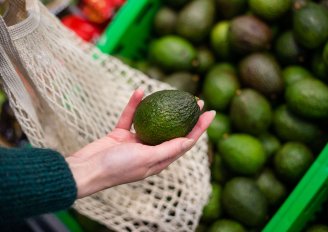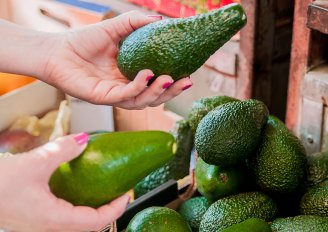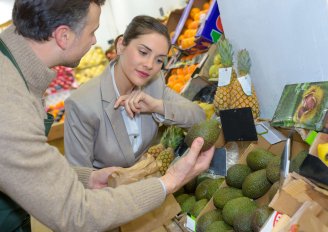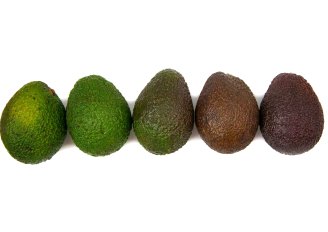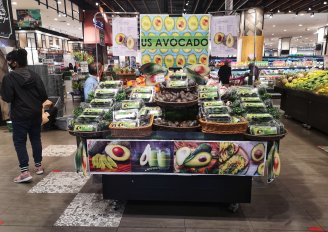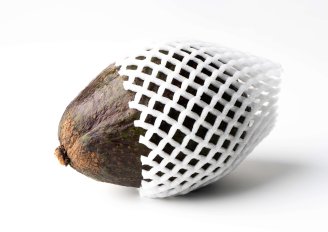
Retail practices for avocado
Improved retail practices can lead to a higher quality of avocados and improve customer satisfaction. For the highest freshness on the shelf and to minimize waste, 'first-in first-out' management may be the best strategy. However, quality inspections may lead to other decisions. The staff must be well trained in handling the different types of fresh produce. They must realize that fresh products are very susceptible to handling damage and to unfavourable conditions such as too low or too high temperature.

Good quality avocados in the store
Avocados are getting more and more popular because of the mild taste and nutritious and healthy image. They can usually be purchased as a single fruit, as a twin pack or in a net. At the retail reception point, the avocados are mature but not necessarily ripe yet. They continue the ripening process and reach a satisfactory degree of ripeness during display or after purchase. Firmness and to some extent colour, depending on variety can be an indicators of ripeness.
